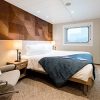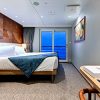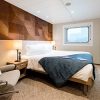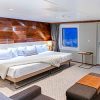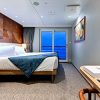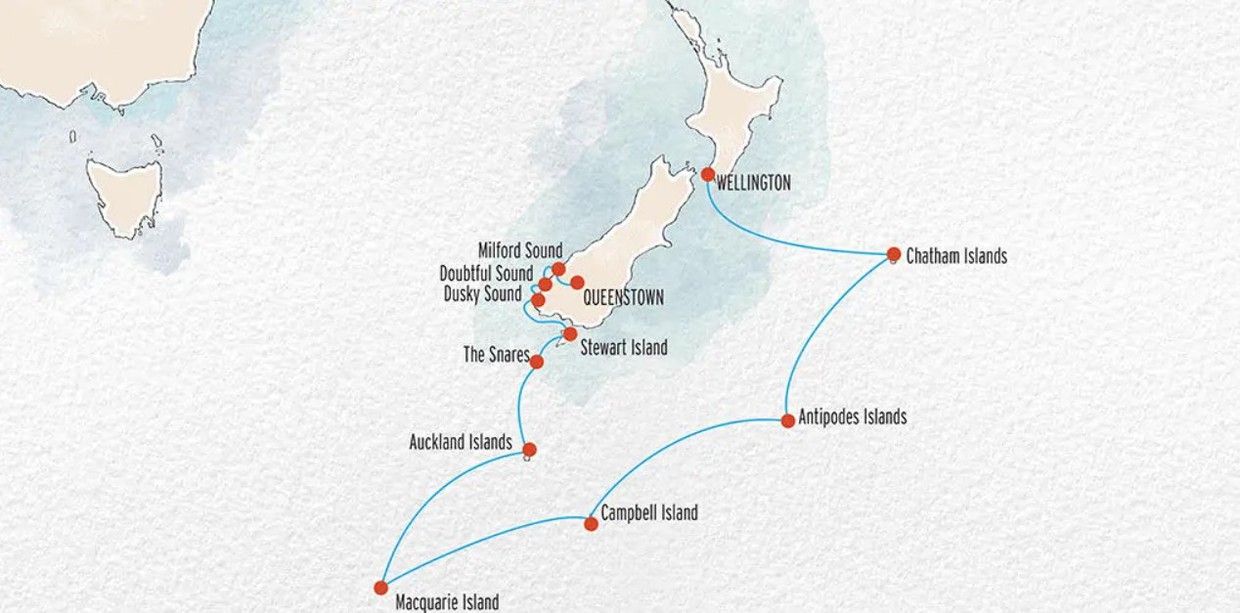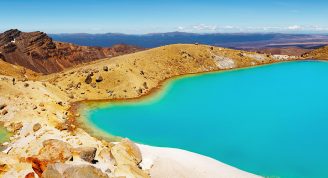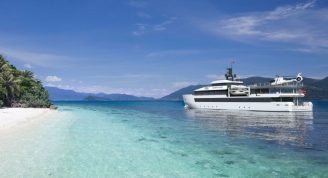Description
Journey into the wilds of New Zealand’s Southern Ocean from the deep and quiet fiords of Murihiku (Southland) to the mysterious and protected wildlife reserves and still remote landscapes of the subantarctic Campbell and Auckland Islands. Hike through colourful fields of mega herbs, visit the ‘world’s loneliest tree’, learn the histories of the land and meet with locals to encounter vibrant cultures along the way. See diverse and rare endemic wildlife up close including albatross, penguins, seabirds and the New Zealand sea lion. A small ship expedition to these islands is an education in pristine isolated environments and a glimpse into an unspoiled natural world.
Trip Name
Expedition to the Albatross Latitudes, From Milford Sound to Wellington
Days
17
Overview
Vessel Type: Expedition
Passenger Capacity: 120
Built: 2020
Expedition capabilities
> Two trademark Xplorer tenders seat all passengers and facilitate comfortable shore excursions
> Six zodiacs for more intrepid exploration
> Lecture lounge for daily expedition briefings and expert presentations
> Small onboard library featuring books on destinations and wildlife
> Shallow draft and advanced navigation and propulsion systems allowing access to locations closed to large cruise ships
Marine immersion
> Navigator lounge in the bridge
> Over 1000 square metres of open deck space including a wrap-around promenade deck with panoramic views
> Engine room tours and a high level of crew interaction with guests
Food and wine features
> Single seating dining with communal table serves buffet breakfast and lunch, and multi-course table d’hote dinners
> Showcase galley with viewing window creating fresh small-batch cuisine featuring Australian and local produce
> Multiple indoor and outdoor bars, including our Explorer bar on the sundeck for sunset drinks
> Curated wine cellar featuring boutique wines and exceptional vintage Australian reds
Guest comfort
> All outside-facing guest cabins with en-suite bathrooms; the majority have a private balcony
> Active stabilisers to dampen sea motion
> Well-equipped gym
> Passenger elevator
> Wi-Fi available in all guest areas




